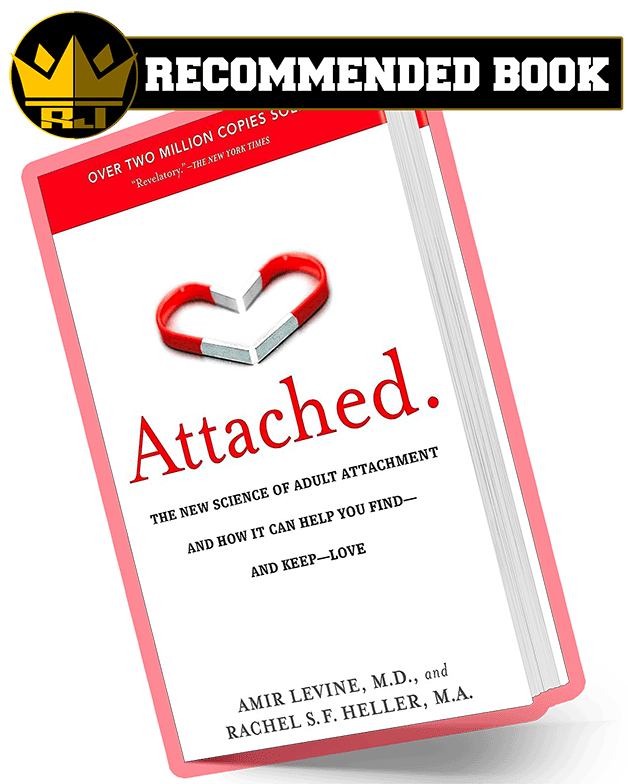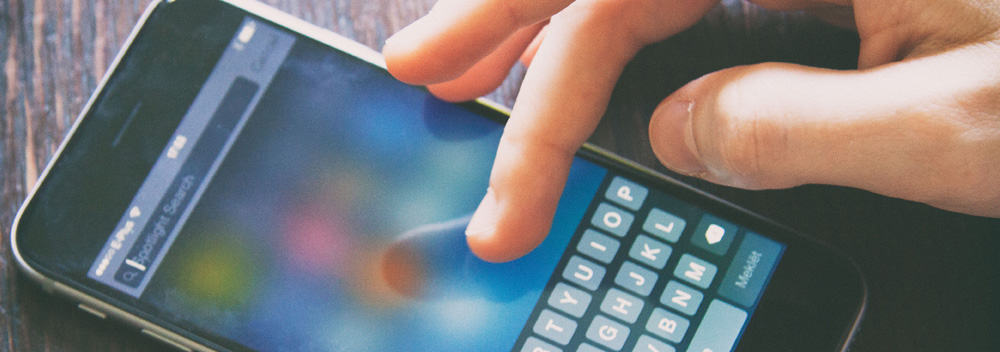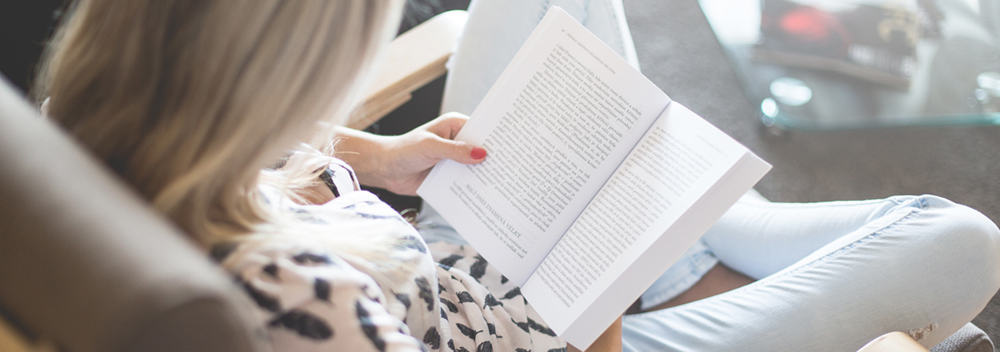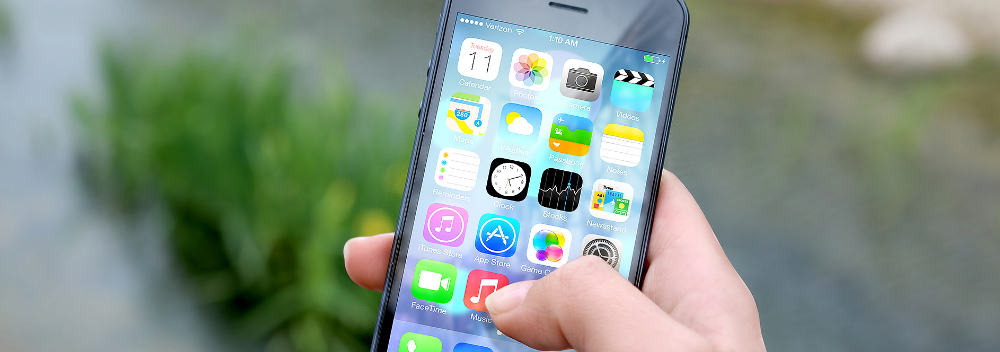If there’s one book every single guy needs to read, it’s Attached by Amir Levine and Rachel S. F. Heller. I find myself recommending (and summarizing) this book to almost every guy I coach because it accurately describes how people think and behave in relationships.
This is crucial—even if you’re a guy who simply wants to date casually—because, once attraction is established, so much of a woman’s thoughts, expectations, and behavior is dictated by her attachment style. Very often this is the only way to make sense of a woman’s bizarre and puzzling behavior.
To be more specific, if you’ve ever had a woman go cold after a great date (or series of dates) when nothing seemed to change (i.e., you didn’t seem to make any egregious mistakes), chances are her coldness wasn’t because of anything you did; instead, it’s her attachment style. In fact, guys with good game, who can attract women fast and consistently, are most susceptible to negatively triggering a woman’s attachment style.
Why? Because if a woman has an avoidant attachment style, she actively fights against—even unconsciously sabotages—her own feelings of attraction. This makes having “game” a liability. Despite things seeming good-to-go when face-to-face, once an avoidant woman is alone with her thoughts, she second-guesses her feelings. Ironically, her positive memories elicit fear, regret, and anxiety, which she will likely rationalize as a loss of attraction.
Once these sorts of thoughts and feelings start flaring up, an avoidant woman will start to distance herself—seemingly out of the blue. This leaves most guys (rightfully) flummoxed and, unsure how to proceed, often try to woo the retreating woman back with game or—worse—affection. However, this only causes a retreating woman to pull back even more, setting in motion a vicious cycle that ends in either ghosting or outright dismissal.
Back in the salad days of my youth, I wrote off these L’s as par for the course. Since I was living in New York City and embracing bachelorhood, I had an easy-come, easy-go attitude. If a girl went cold on me or started to pull away, I usually tried to bring her back into the fold. If that didn’t work, I simply moved on.
As I got older, however, I also became pickier. Casually dating multiple women started to become less appealing than formally dating a particular, high-quality lady. This forced me to reconsider my approach. Any guy who has met “that girl I just can’t stop thinking about” knows what I mean. I realized it was time to put away the checkerboard and start playing chess…
This meant developing a great sense of empathy and trying to understand to experience of a woman going cold. Now, while I’m not suggesting that a better understanding of attachment styles is a modern dating panacea. Some women are simply disinterested, distracted, or downright flaky and there’s not much you or I can do to change that.
However, more often than not, I found that a woman’s puzzling behavior often became less puzzling when considered in the context of her attachment style. This was especially true when a girl who seemed into me suddenly pulled back or went cold for no apparent reason. Rather than simply writing her off as a casualty of modern dating, I began looking for clues into her attachment style.
For example, signs a woman has the aforementioned avoidant attachment style include:
- She takes a lot of pride in her sense of self-reliance and independence (i.e., if she sips coffee from a “BOSS BITCH” mug or simply is extremely career-driven, there’s a good chance she skews avoidant)
- Her dating history has long lapses between relationships and/or most of her interactions/dates fizzle in the early stages because she disqualifies potential partners easily (often for seemingly outlandish reasons like, “He had a cat and I HATE cats!”)
- She may have had a long-distance relationship or some other atypical relationship where a built-in buffer kept her partner at a distance (figuratively or literally)
- She often doesn’t harbor extremely negative feelings about her exes; in fact, she probably remembers them somewhat fondly, albeit unemotionally
- If she does complain about past boyfriends or flings, her grievances are that a guy acted too clingy, jealous, or annoying (i.e., intrusions on her time/privacy seem to be her biggest turn-offs)
- Conversely, she isn’t overly jealous nor does she get upset when/if she finds out that you may be seeing other women
- Preselection (i.e., when a guy is good with women) is an attraction trigger for her yet she’s not overly jealous or controlling
These are just a few—of the many—bullet points I could list regarding avoidant women; furthermore, this is just one (of three) types of attachment. The authors of Attached do an excellent job explaining the psychology of each attachment style and the expectations, motivations, and behaviors that go along with it. It’s crucial knowledge for any guy who’s looking to get better with women.
Now, I would be remiss if I didn’t also offer a caveat. A book like Attached isn’t written to be a tactical pickup guide. You’re not going to find specific advice on how to navigate an interaction based on a woman’s attachment style. The book, after all, is written by psychologists and not dating instructors.
However, speaking as a dating instructor, I highly recommend reading this book; so much so that when I read it, I couldn’t believe more dating coaches weren’t recommending it and/or referencing attachment style when giving advice. Without exaggeration, this book has improved my own dating life 10-fold and supercharged my coaching abilities. I’ve turned dozens of seemingly fucked situations around for clients by applying the principles and ideas I learned in the pages of Attached. I recommend you do the same.
Here’s a link/summary:

Attached: The New Science of Adult Attachment and How It Can Help You Find—and Keep—Love by Amir Levine, Rachel Heller, et al.
What is it: A pop psychology book that explains how attachment styles influence romantic relationships. The book defines the three broad categories of attachment—anxious, secure, and avoidant—and explains the expectations and behaviors associated with each.
Why is it helpful: So much of the confusing behavior we see from women, as well as so many of our own irrational (and often embarrassing) thoughts and behavior, suddenly make sense when viewed in the context of attachment. Thus, the utility of this book is two-fold: 1.) It provides crucial insight into a woman’s needs, expectations, and state of mind as well as 2.) allows you to see the wiring of your own thoughts and impulses. Taken together, this book can help predict and anticipate a woman’s reactions and responses while, at the same time, helping to identify your own irrational thoughts, which will (hopefully) keep you from acting on them.
Who should read it: Any guy who is experiencing problems (or even just concerns) with a woman to whom he feels a “bond.” Whether it was just a few dates or a formal relationship, if she’s slipping away, or things just feel different, there’s a very good chance it’s an attachment style issue. Whether it’s you or her or both of you, something needs to change and this book is the blueprint.





